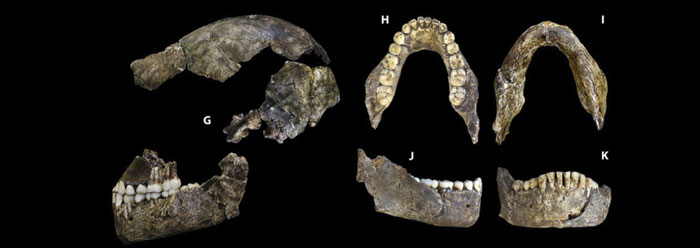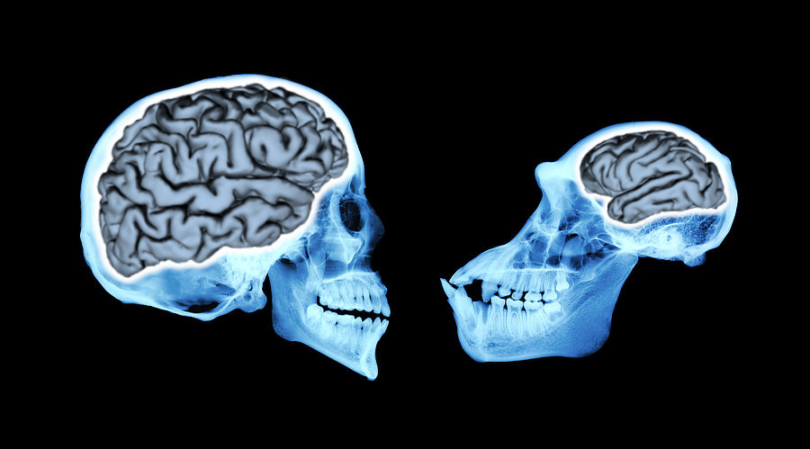Homo naledi was an ape—evidence from all sides points to this”.
https://www.icr.org/article/homo-naledi-bones-not-ritually-buried
Bones were a deliberate burial? No. A study published strikes another blow against the deliberate “burial” or disposal of the bones by Lee Berger. Charles Egeland at the University of North Carolina at Greensboro and his colleagues from across the globe used machine-learning technology to reassess the Homo naledi discovery site(1) and concluded:

“the bones were broken and randomly dispersed in the upper eight inches of sediment.”
Dirks, P. et al. Geological and taphonomic context for the hominin species Homo naledi from the Dinaledi Chamber, South Africa. eLife. Posted on elifesciences.org September 10, 2015, accessed September 15, 2015.
These individuals (likely two adults and a juvenile ape) were much too small to be human at about 4 ft 9 in tall (3) and likely did not walk upright. Their hands are made for climbing like monkeys. They weighed a mere 88 – 123 lbs (3) as adults. Even Berger stated that H. habilis was too primitive to deserve its “privileged position at the root of our genus”(3) — in other words: Homo naledi was not human but was an ape.
(the remains were most likely) modern cave baboons and scavenged modern human corpses.
Egeland, C. P. et al. 2018. Hominin skeletal part abundances and claims of deliberate disposal of corpses in the Middle Pleistocene. PNAS. 115 (18): 4601-4606. DOI.org/10.1073/pnas.1718678115.
These conclusions suggest Homo naledi was nothing more than an ape, similar to the australopith Lucy.
O’Micks, J. 2016. Homo naledi Probably Not Part of the Human Holobaramin Based on Baraminic Re-Analysis Including Postcranial Evidence. Answers Research Journal. 9: 263-272.
O’Micks, J. 2017. Further Evidence That Homo naledi Is Not a Member of the Human Holobaramin Based on Measurements of Vertebrae and Ribs. Answers Research Journal. 10: 103-113.
O’Micks, J. 2017. Likely Discontinuity Between Humans and Non-Human Hominins Based on Endocranial Volume and Body Mass with a Special Focus on Homo naledi—A Short Analysis. Answers Research Journal. 10: 241-243.
…these results fit the interpretation that the bones of Homo naledi were most likely washed in during Ice Age flooding”
Clarey, T. L. 2017. Disposal of Homo naledi in a possible deathtrap or mass mortality scenario. Journal of Creation. 31(2): 61-70.
The geology, anatomy, lack of dating, and evidence of recent water action reveal that the media blitz and excitement over Homo naledi is essentially based on falsehoods.(2)
1 Grün, R. 1989. Electron spin resonance (ESR) dating. Quaternary International. 1: 65-109.
2 https://www.icr.org/article/9138
3 http://humanorigins.si.edu/evidence/human-fossils/species/homo-naledi


